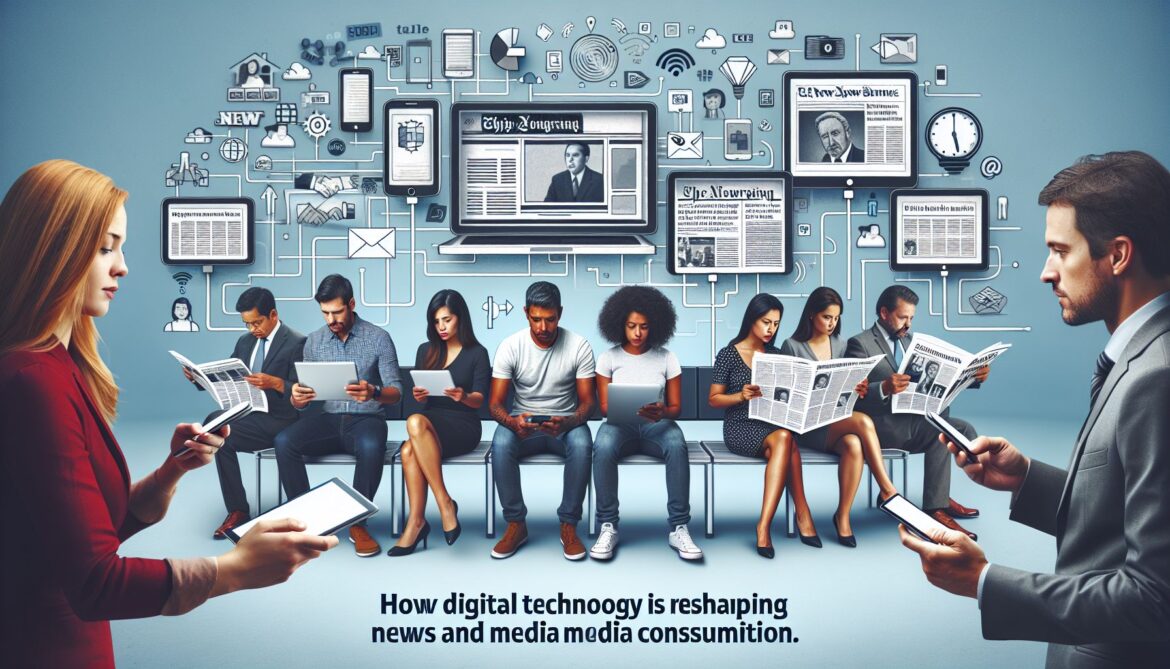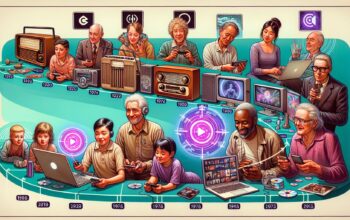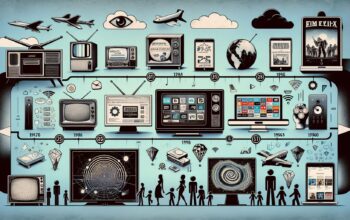
In today’s digital era, how we consume media has undergone a vast transformation. No longer do we need to flick through newspapers at the breakfast table or sit in front of a television at a set time to catch the six o’clock news bulletin. Instead, in recent years, streaming services have played a pivotal role in reshaping entertainment and information consumption. Now, with a few taps on your smartphones, tablets, or computers, you can access news from around the world, anytime, anywhere.
The rise of streaming platforms, like Spotify, Netflix, and Disney Plus, has undoubtedly heralded this sea change in the media landscape. Soon, these video-on-demand services started making inroads into the news sector as well, with initiatives such as BBC iPlayer, CNN Go, and more recently, the launch of Times Internet’s Times Now Plus. These platforms are not just transforming the way users view content but are also opening new revenue channels for media houses.
The incremental trends in online viewership are only a testament to the growing popularity of streaming news. In fact, a recent study by the Pew Research Center found that more than 65% of American adults get their news through digital platforms, highlighting the shift away from traditional broadcast news. This transition isn’t just confined to Western audiences, with Asia and Africa also witnessing a surge in streaming news consumption.
As these platforms continue to grow, they also present certain challenges, particularly concerning journalistic integrity. With the widespread dissemination of fake news, maintaining the authenticity and accuracy of news has become a pressing concern. Some critics argue that the move towards a digital format compromises the quality of journalistic investigation due to the relentless demand for continuous updates and quick turnaround.
Moreover, social media platforms like Facebook and Twitter have inadvertently become news sources in their own right, adding an extra layer of complexity to the media landscape. While this democratizes the spread of information, the lack of fact-checking and editorial control fosters an ecosystem conducive to misinformation and manipulation.
In conclusion, the digital era’s influx brings its own set of opportunities and challenges for the news industry. On one hand, it has made news more accessible and inclusive, enabling real-time updates from around the globe. On the other, it has made it harder for media houses to maintain the sanctity of journalistic principles amidst the deluge of information.
Regardless, news plays an imperative role in shaping public awareness and opinion and even influencing societal norms and policy-making. Therefore, advancing towards a digitally dominated news environment, it is crucial for media channels to navigate these challenges effectively, instilling trust and reliability in their audience whilst continually evolving.
As we continue to stream our way into the future, it will be interesting to observe the further transformations this digital revolution will bring in how we consume news and perceive the world around us. Let’s tune in.



